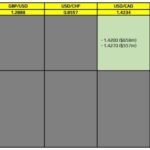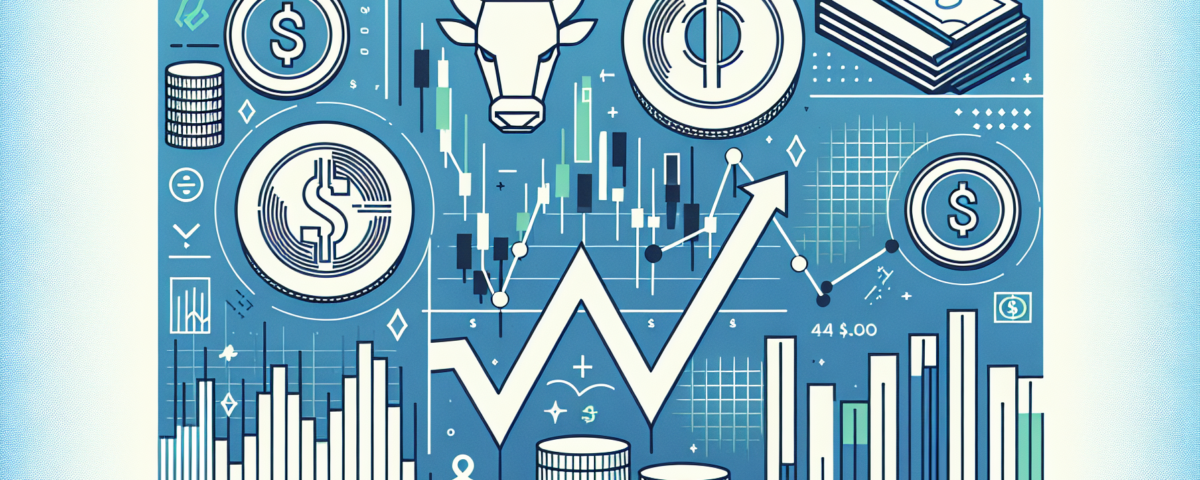
Navigating FX Option Expiries: Key Data Sources for April 7
Tháng 4 7, 2025
Global Markets in Turmoil: The Unseen Impact of Resurging Tariffs
Tháng 4 7, 2025Recent Forex News: Market Volatility and Trade Developments
The Forex market is currently undergoing significant fluctuations as recent developments shake investor confidence and reshape trading strategies. Understanding these dynamics is crucial for traders looking to navigate through the tumultuous financial landscape.
Major Indices Plunge: A Signal of Instability
In a startling turn of events, U.S. major indices have witnessed steep declines of approximately 5.5% to 6%. This drop not only underscores the current volatility in the market but also raises alarms about potential long-term implications for both domestic and global investors. The downturn is often attributed to a mixture of economic indicators and investor sentiment, which has swung dramatically in response to geopolitical events and fiscal policies.
Tariff Developments: A Cloud of Uncertainty
Adding to the market’s anxiety are President Trump’s tariff announcements, which have intensified uncertainty about the future of global trade. The U.S. Treasury’s consideration of tariff increases has only amplified fears, although experts like Bessent suggest that these measures could be somewhat moderated through diplomatic negotiations. This possibility allows room for trading partners to discuss tariff reductions, which could ultimately mitigate some of the adverse effects on markets. In particular, China’s President Xi Jinping convened global CEOs to address U.S.-China trade tensions; a detailed overview of this meeting can be found here.
China’s Countermeasures: Complications in Trade
In a bid to protect its economic interests, China’s Commerce Ministry has vowed to implement countermeasures against U.S. tariffs. Such retaliatory actions complicate the trade landscape, creating an environment rife with unpredictability. This back-and-forth between the two economic giants not only affects trade policies but also ripples through the Forex market as investors react to the shifting balance of power.
Central Bank Actions: The Role of Monetary Policy
Amidst these tumultuous times, central banks remain pivotal forces in shaping market dynamics. Notably, both the Bank of Japan and the Reserve Bank of Australia continue to make headlines with their monetary policy statements and interest rate adjustments. Their actions often provide critical insights into future market movements, influencing currency valuations and investor strategies. As central banks navigate these choppy waters, traders must keep a close eye on the implications of policy decisions, as they can serve as both stabilizing and destabilizing forces in the market. For instance, the analysis of the USD/CAD pair reveals a neutral trend marked by low volatility and indecision; you can read more about it here.
Currency Movement: Resilience Amidst Uncertainty
Despite the prevailing market turbulence, certain currencies such as the Australian Dollar (AUD) and New Zealand Dollar (NZD) have exhibited resilience. Their performance has stood in contrast to the more volatile U.S. Dollar/Japanese Yen (USD/JPY), which has seen limited movement in the face of broader uncertainty. As indicated by recent analyses, the EUR/USD currency pair shows a slight upward trend, indicating bullish momentum despite ongoing consolidation; traders can find essential insights on this here. Investors looking to capitalize on currency movements must remain vigilant, as the performance of these currencies can be influenced by various factors, including commodity prices and international relations.
As the Forex landscape continues to evolve in response to these developments, traders must remain informed and agile, ready to adjust their strategies based on the latest market signals and geopolitical events. In an environment marked by unpredictability, informed decision-making will be essential for navigating the complexities of the foreign exchange market.

